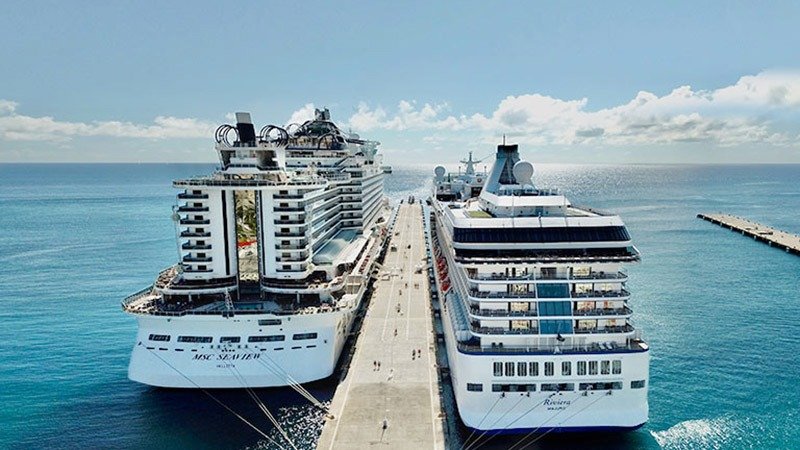A groundbreaking global initiative has been established, requiring cruise ships to incur costs for their carbon emissions. This ambitious plan, spearheaded by the International Maritime Organization (IMO), aims to achieve a significant 43% reduction in emissions by the year 2035. By implementing fees for excess emissions, the agreement incentivizes the adoption of cleaner fuels as part of a broader strategy to combat climate change.
The Framework of the New Agreement
The details of this agreement indicate a concerted effort among a majority of nations to address the environmental impact of cruise tourism. Cargo and passenger vessels are heavily scrutinized due to their substantial carbon footprints. The initiative not only proposes penalties for ships that exceed set emission thresholds, but it also actively encourages the transition to alternative fuel sources that are less harmful to the environment.
Economic and Environmental Implications
One of the most compelling aspects of this legislation is its potential to generate an estimated $10 billion annually. This revenue is earmarked for green initiatives, intended to revitalize ecosystems and support sustainable practices within the maritime industry. Critics, however, caution that these measures may not adequately tackle the pressing issues linked to climate change, arguing that further action is essential.
Global Responses and Challenges
Despite the strong international backing, the agreement faces hurdles, particularly following the withdrawal of the United States from discussions. The U.S. stance has sparked concerns about global compliance and enforceability, as well as the commitment of other countries to adhere to the new standards. Nevertheless, proponents argue that the bulk of participating nations will uphold their end of the agreement, propelling forward the agenda for a sustainable maritime future.
The Future of Cruise Sustainability
As the cruise industry grapples with these new regulations, the focus will be on innovation and adaptation. Many companies are already exploring technologically advanced solutions and greener fuel options. The shift toward sustainable practices not only meets regulatory demands but also aligns with evolving traveler preferences towards environmentally conscious tourism.
In conclusion, while the new agreement represents a significant stride toward improving the environmental footprint of cruise ships, ongoing dialogue and collaboration among nations will be crucial. The transition to a more sustainable maritime industry looks promising; however, it requires unwavering commitment and action from all stakeholders involved.
For a more in-depth look at this topic, visit the full article.



